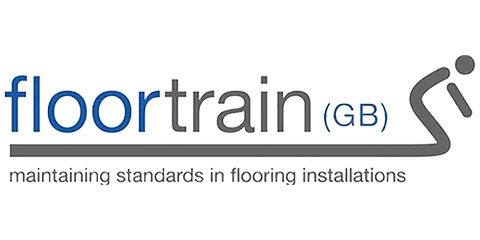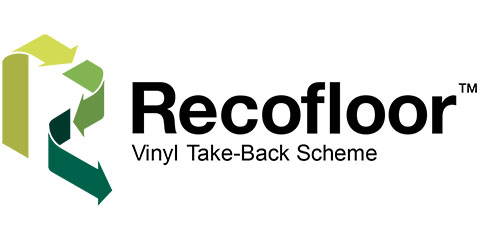How to Remove Vinyl Flooring: A Step-by-Step Guide
Posted by Teri-Ann Fisher on 10th Jun 2025
Vinyl flooring is a popular choice thanks to its affordability, water resistance, and easy maintenance. However, whether you're renovating, upgrading, or switching to a more sustainable material like linoleum or hardwood, you may find yourself needing to remove old vinyl flooring. Fortunately, with the right tools and approach, it’s a manageable DIY project. Here’s a straightforward guide on how to remove vinyl flooring, whether it’s glued down or laid as a floating floor.
What You’ll Need
Before getting started, you will need the following tools and materials:
- Utility knife
- Floor scraper or putty knife
- Heat gun or hair dryer (optional, but helpful for loosening glue)
- Hammer and pry bar
- Pliers
- Safety gear (gloves, goggles, dust mask)
- Bin bags or skip for waste
Step 1: Prepare the Area
Remove all furniture and appliances from the room. If your vinyl is installed beneath skirting boards or trim, consider removing these to give better access to the edges. Wear appropriate safety gear, especially if the flooring is old, as older vinyl may contain asbestos (consult a professional if you’re unsure).
Step 2: Cut the Flooring into Strips
Using a sharp utility knife, cut the vinyl into manageable strips, roughly 30 to 50 cm wide. This makes it easier to pull up and dispose of. Cut all the way through the vinyl layer, and try not to damage the subfloor underneath.
Step 3: Start Peeling It Up
Begin at a corner or edge of the room. If the vinyl is loose-lay or only lightly glued, it may peel up easily by hand. For glue-down vinyl, use a floor scraper or putty knife to lift the edge, then pull back as much as you can. Use pliers to grip stubborn edges if necessary.
Step 4: Soften the Adhesive (if required)
If the vinyl is proving difficult to remove, especially in glued areas, applying heat can soften the adhesive. Use a heat gun or hair dryer to warm the vinyl as you pull it up—this often makes the job much easier. Be careful not to overheat, particularly near walls or flammable surfaces.
Step 5: Remove the Adhesive Residue
Once the vinyl is up, you’ll likely be left with adhesive on the subfloor. Use a floor scraper to remove as much as possible. For particularly stubborn spots, adhesive remover or warm soapy water may help. Make sure to ventilate the space well when using chemical removers.
Step 6: Inspect the Subfloor
After the adhesive is cleared, inspect the subfloor for damage. Plywood, concrete, and timber subfloors may require patching, sanding, or drying before installing new flooring. Now’s a good time to make any necessary repairs.
Step 7: Clean Up
Dispose of the old vinyl and adhesive waste responsibly—some councils have special regulations regarding vinyl disposal. Give the area a thorough sweep or vacuum to remove dust and debris before proceeding with new flooring installation.
Final Tips
- Be patient: Removing vinyl flooring, especially if glued down, can be time-consuming
- Stay safe: Always check if your vinyl was installed before the 1980s, as it may contain asbestos
- Plan ahead: If you're replacing it with linoleum, ensure the subfloor is clean, smooth, and completely dry









